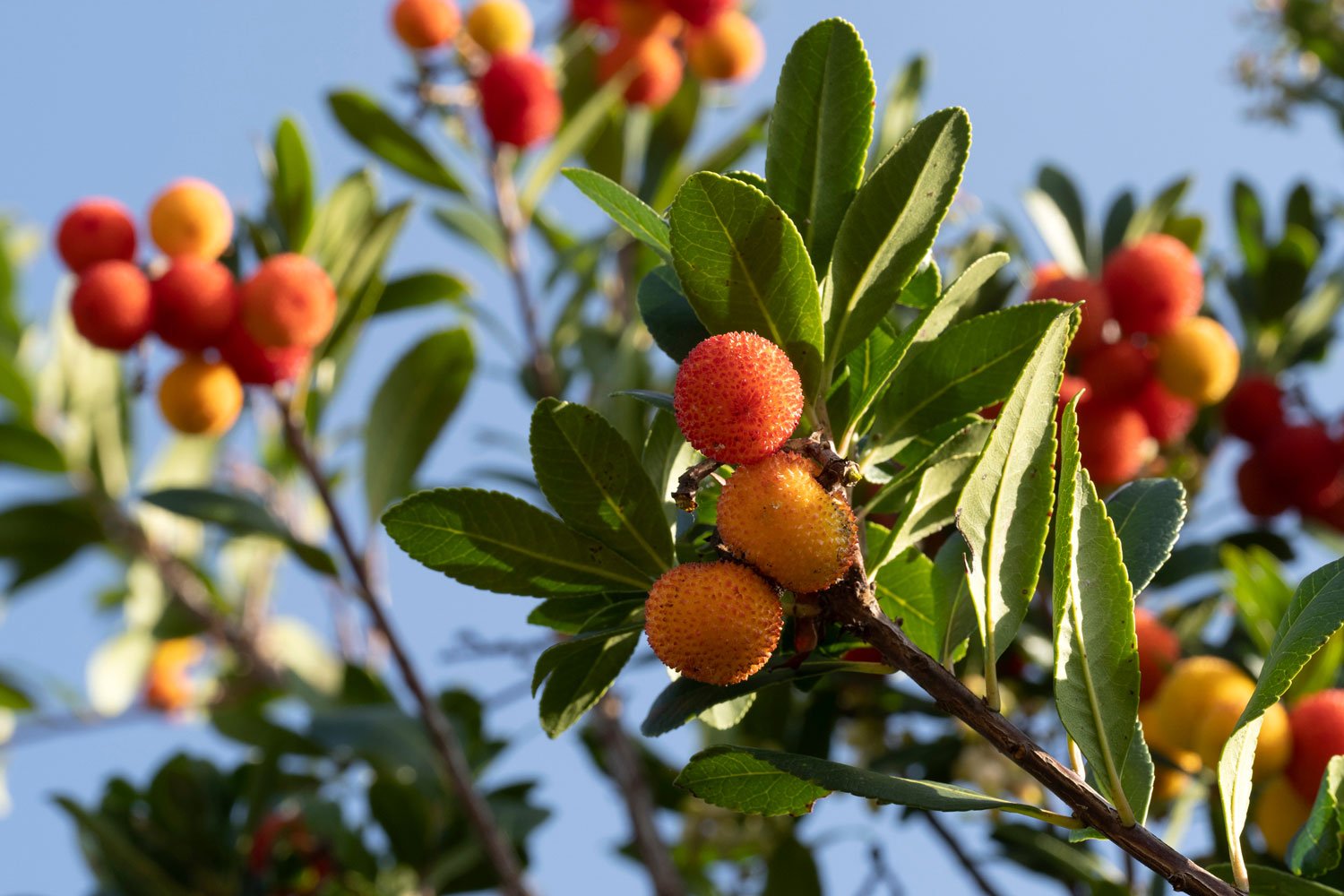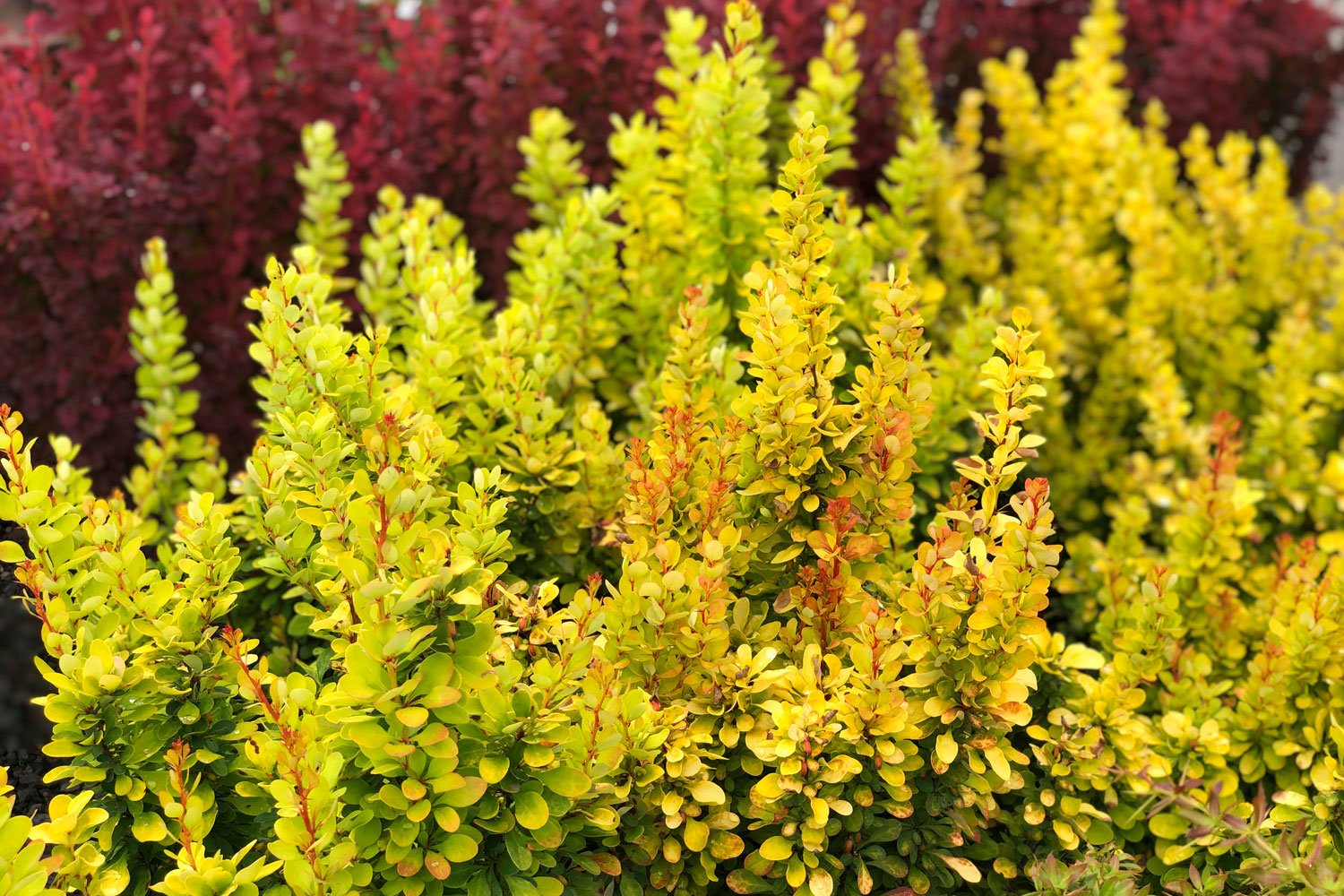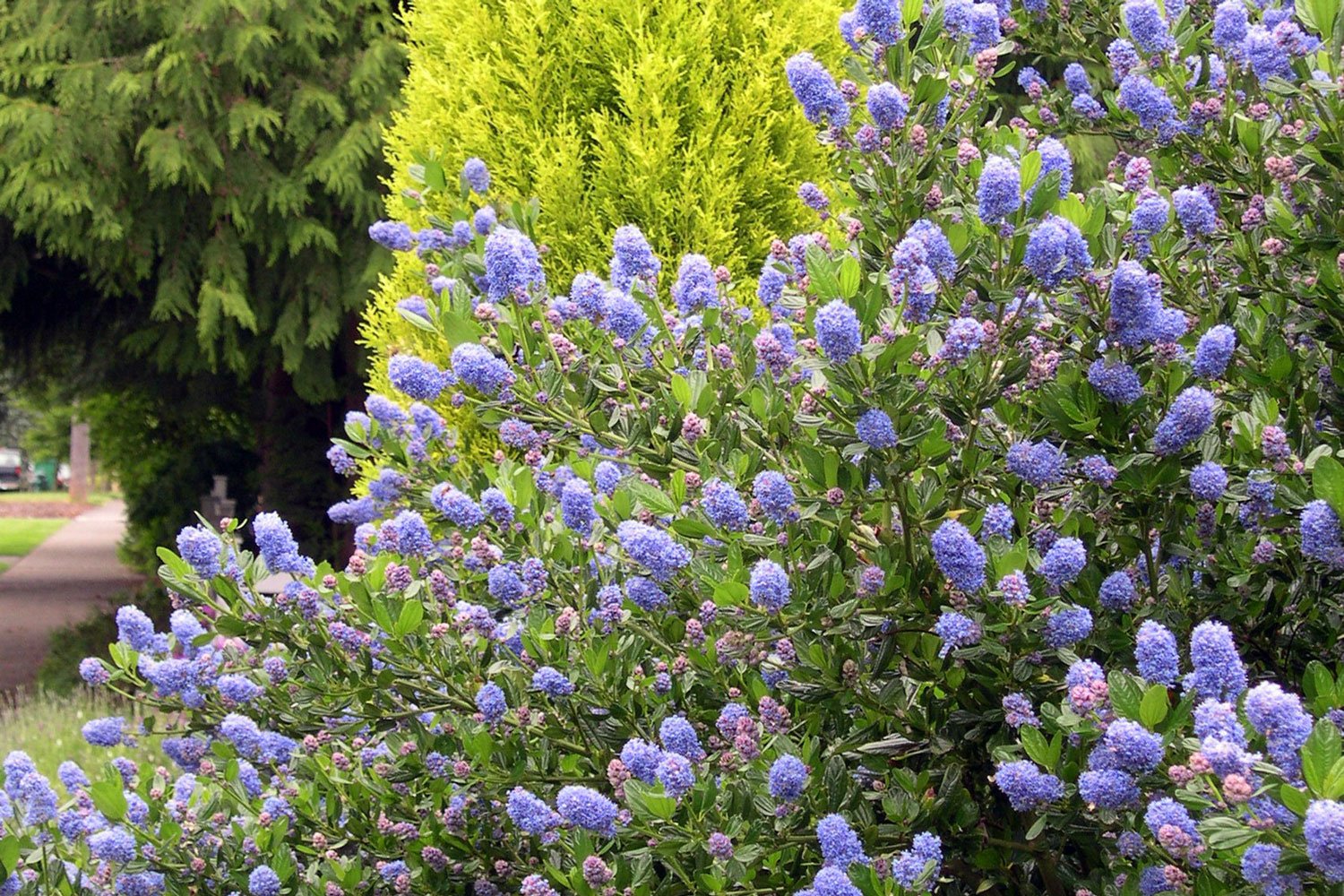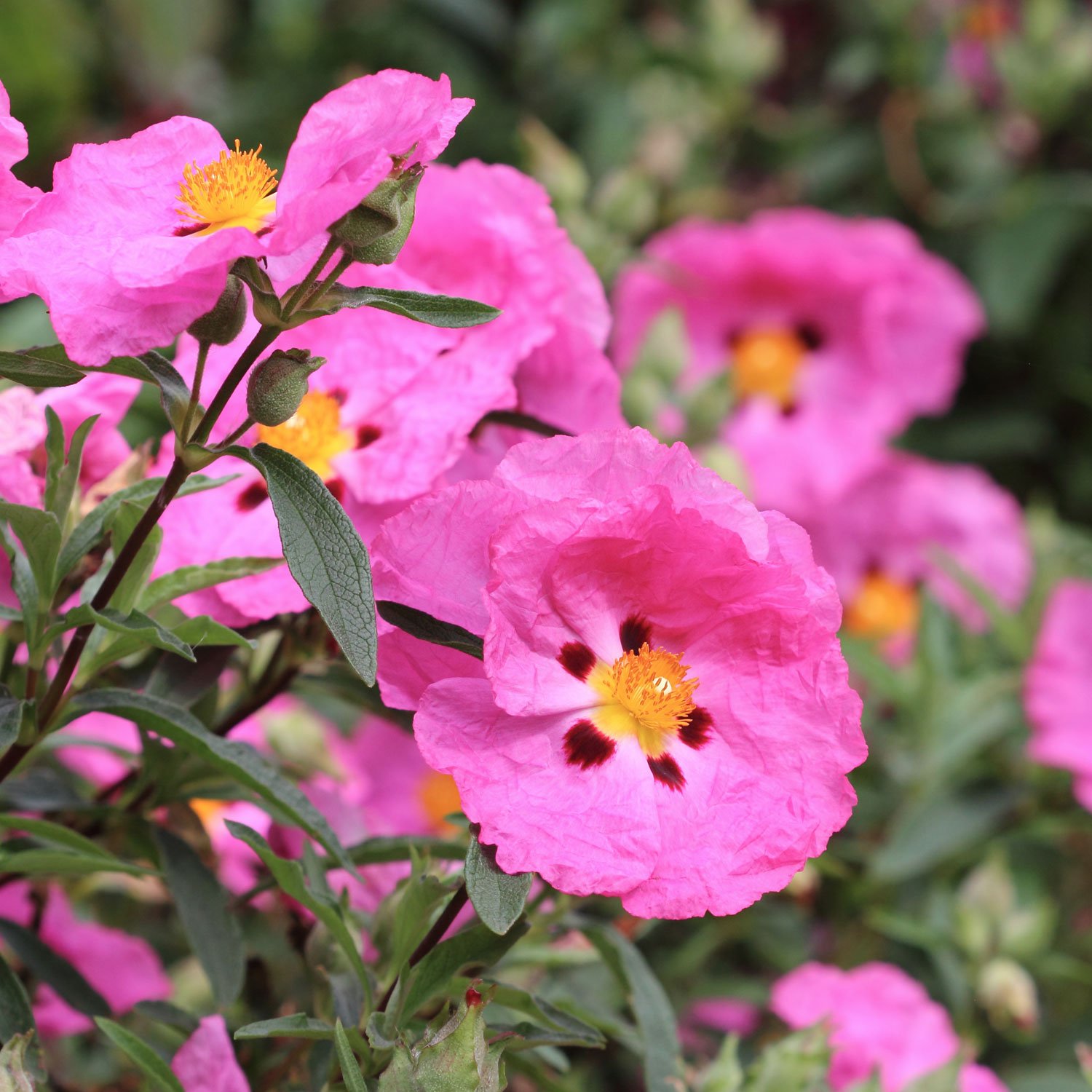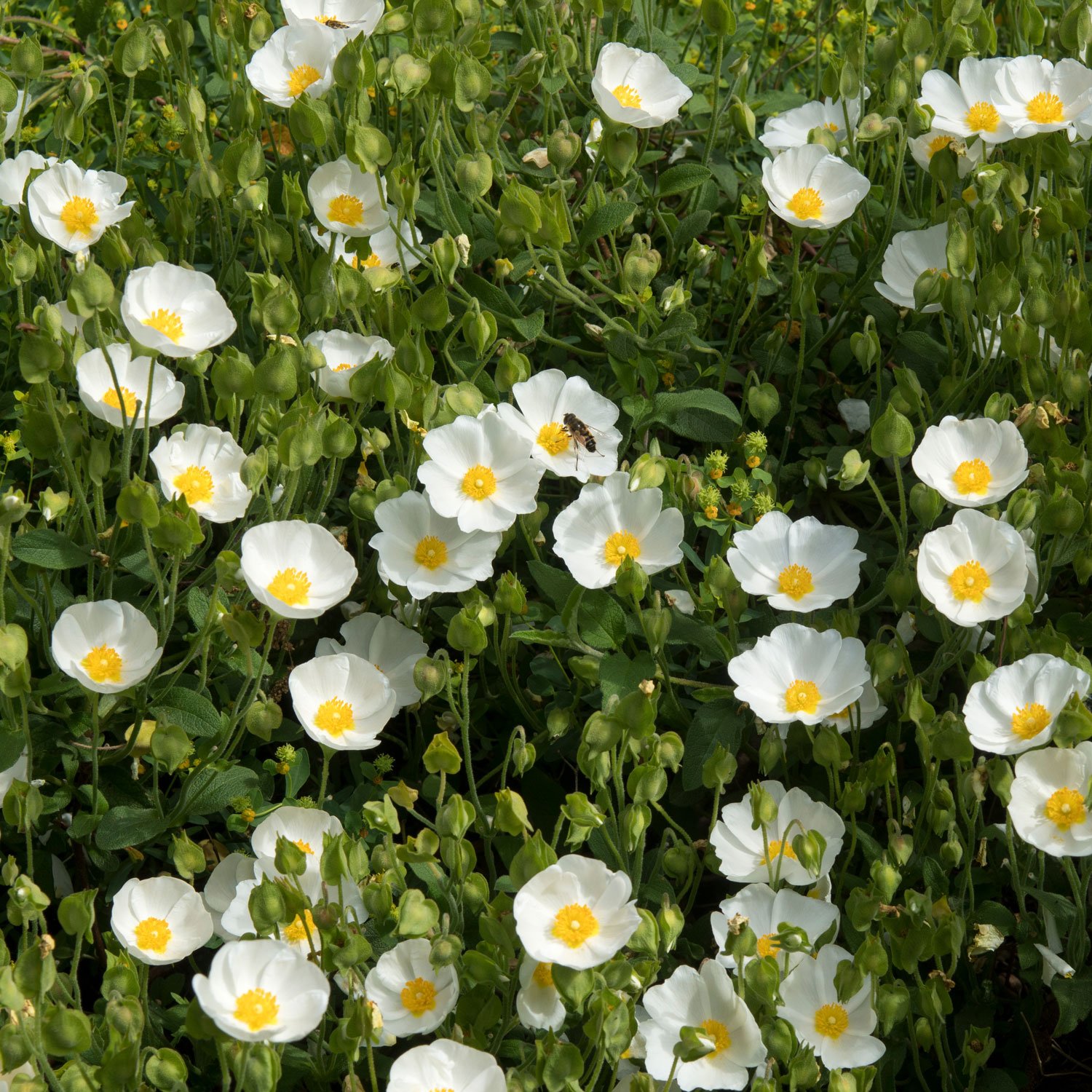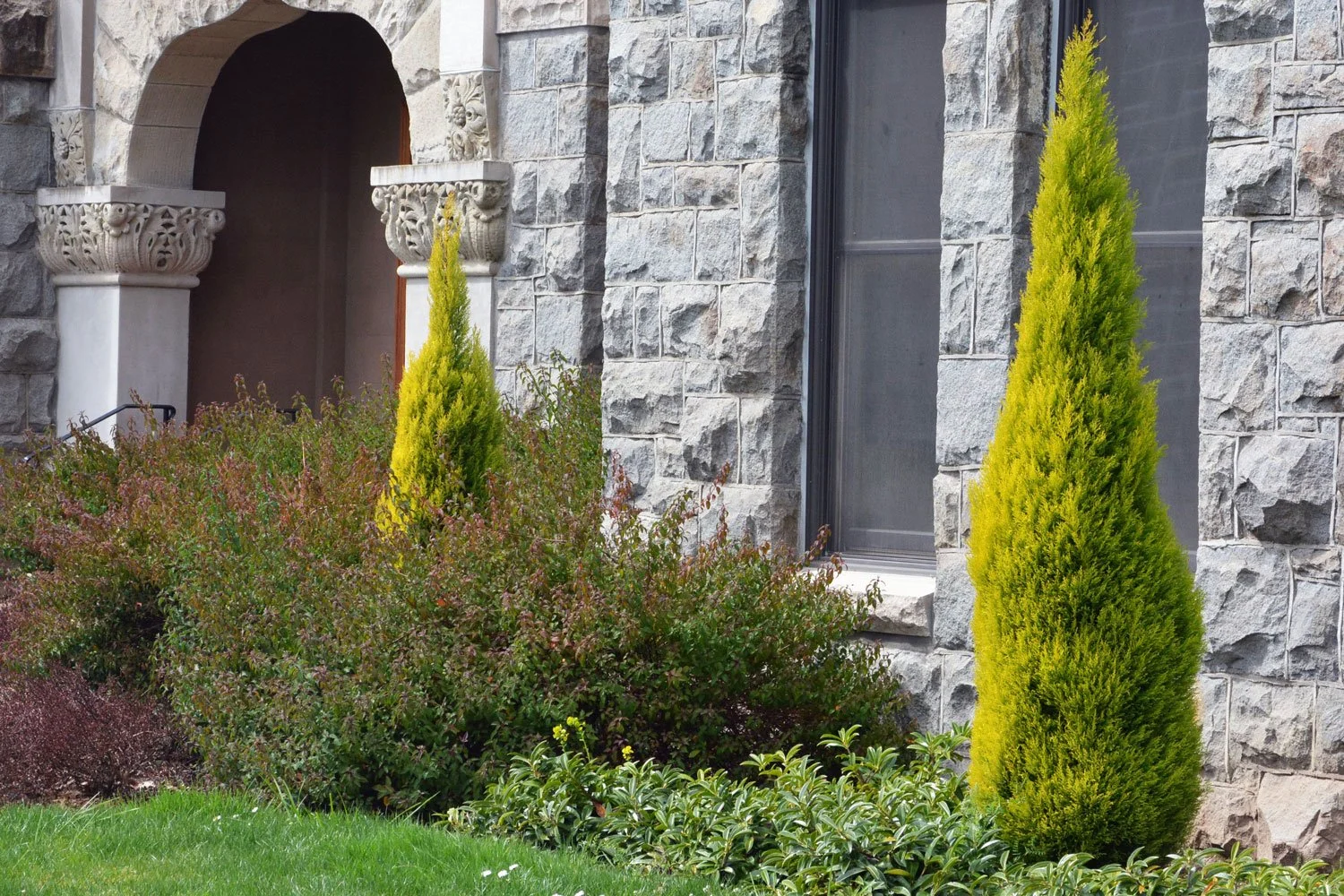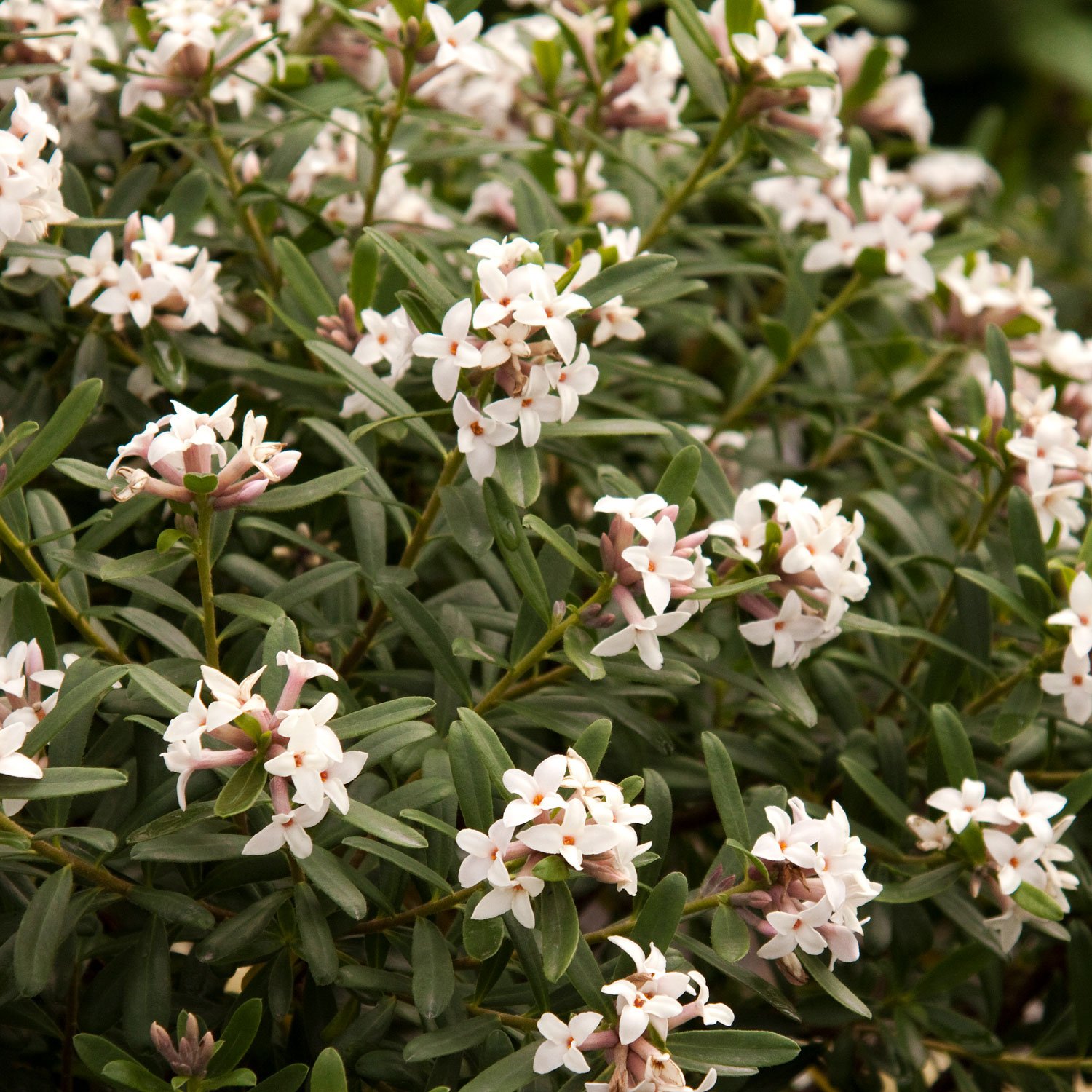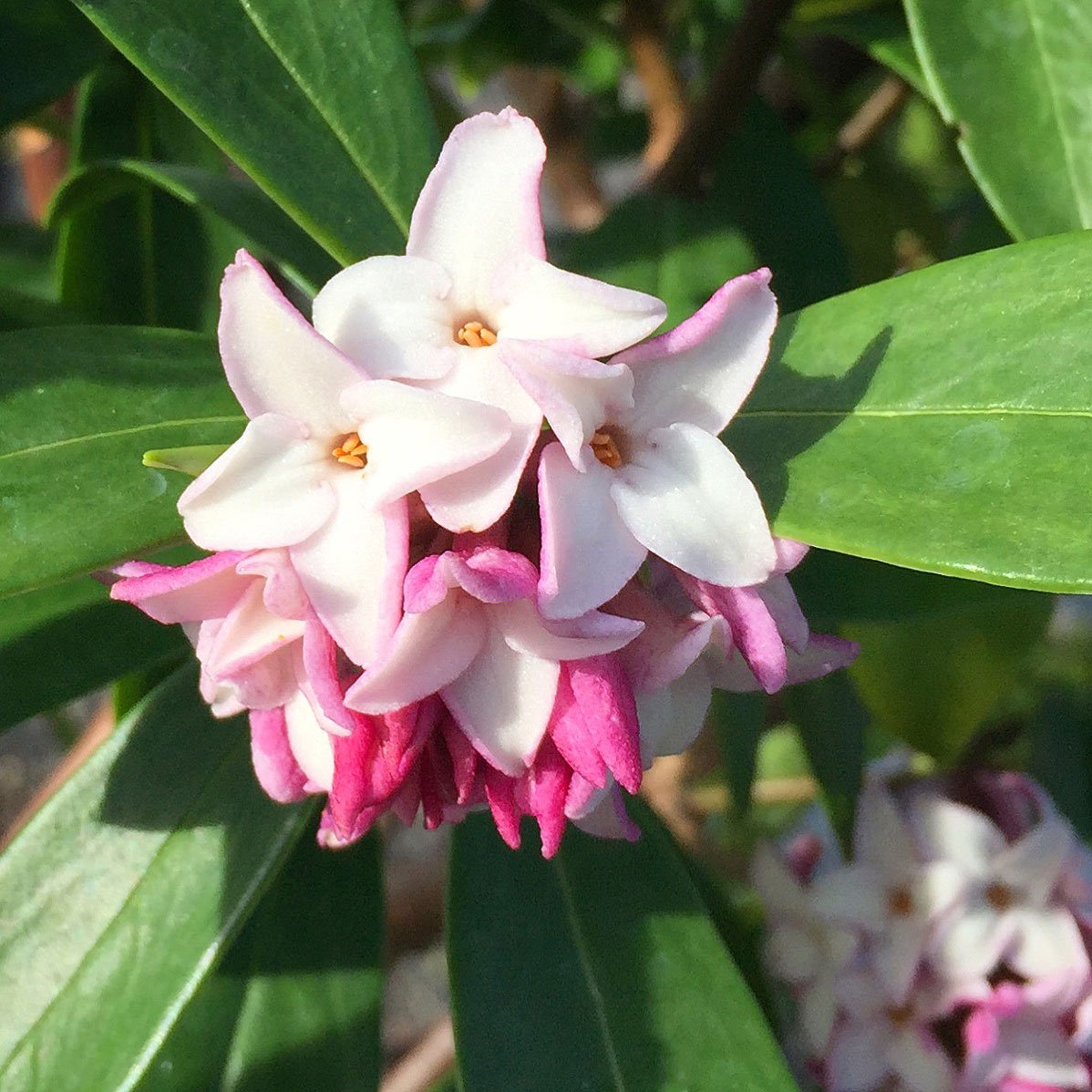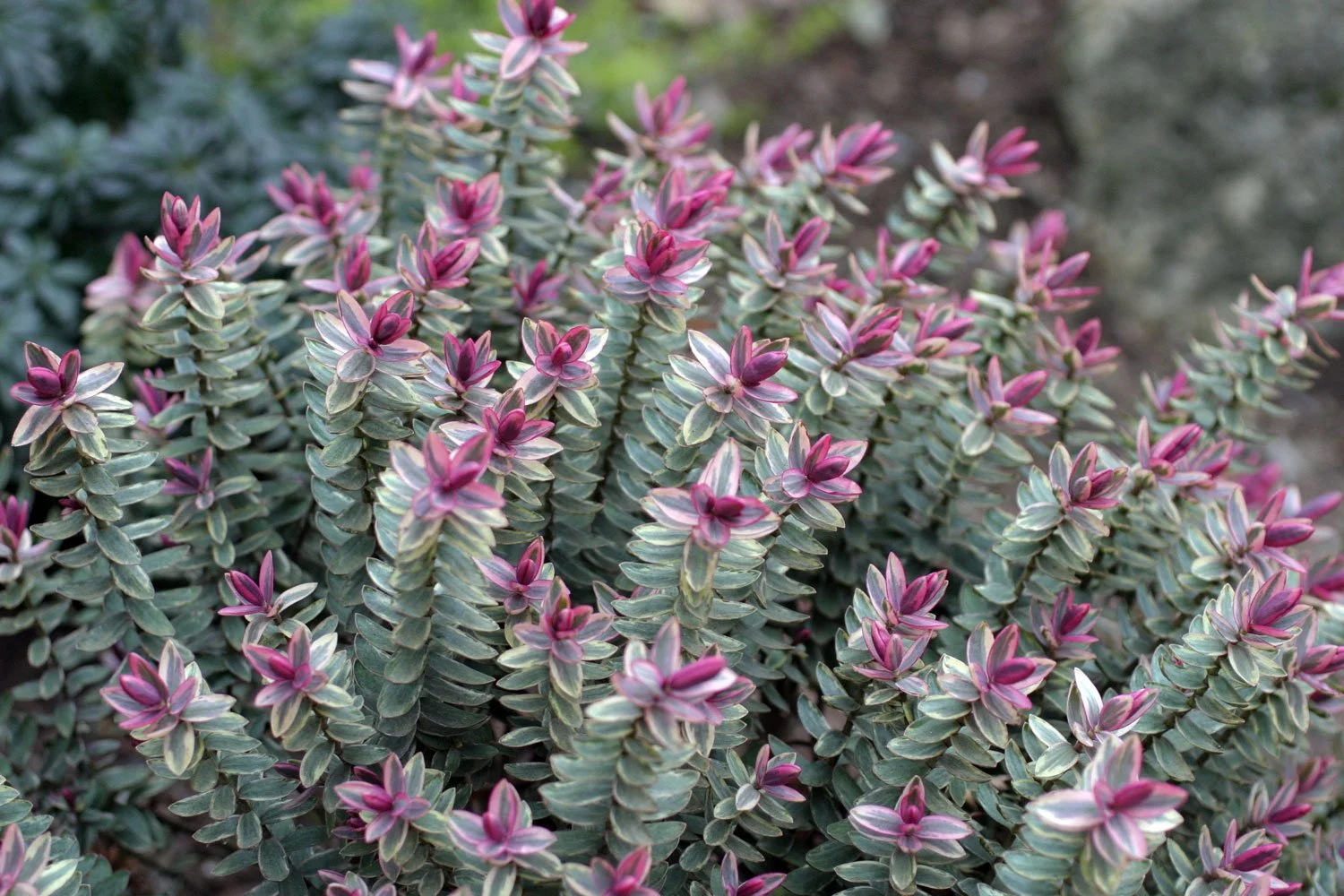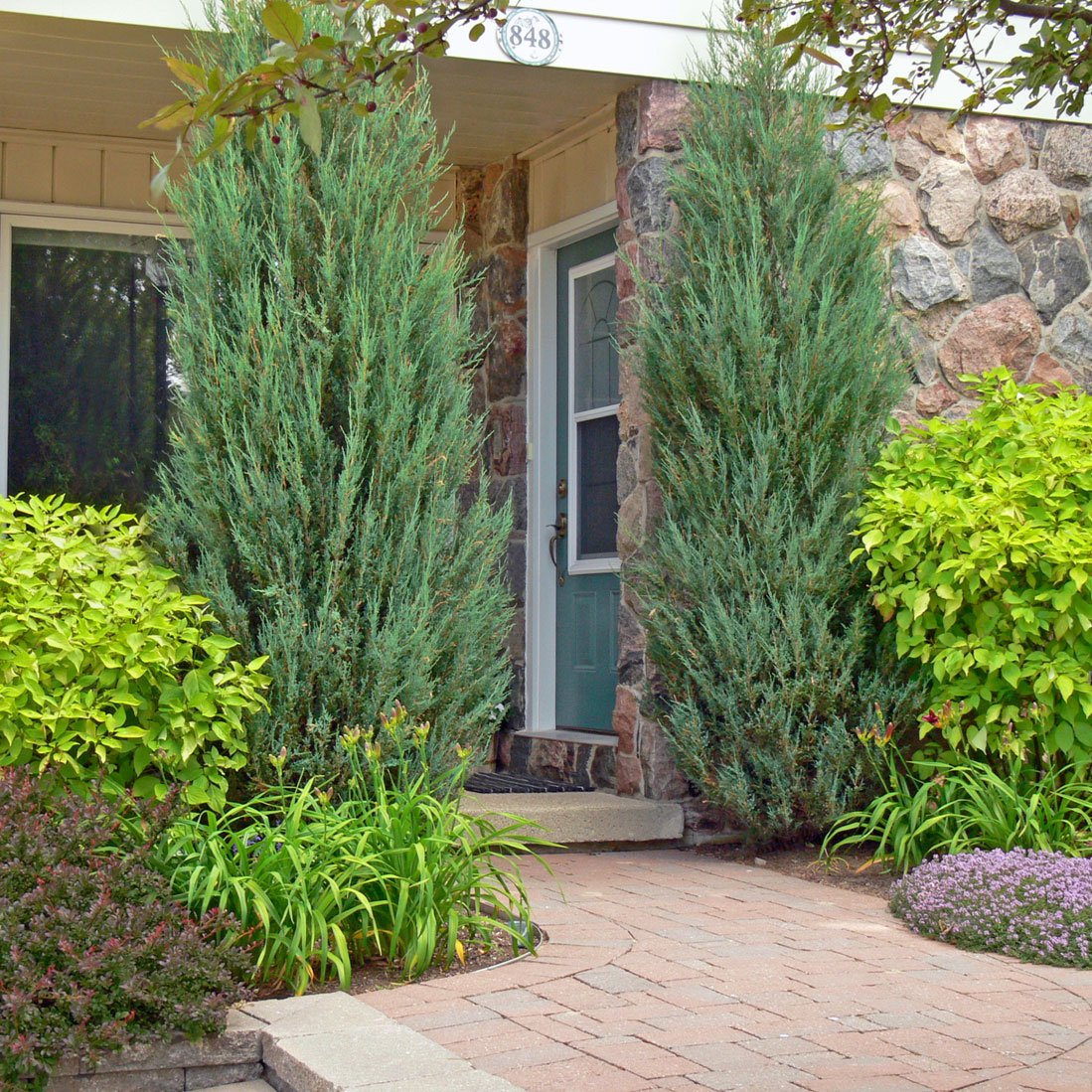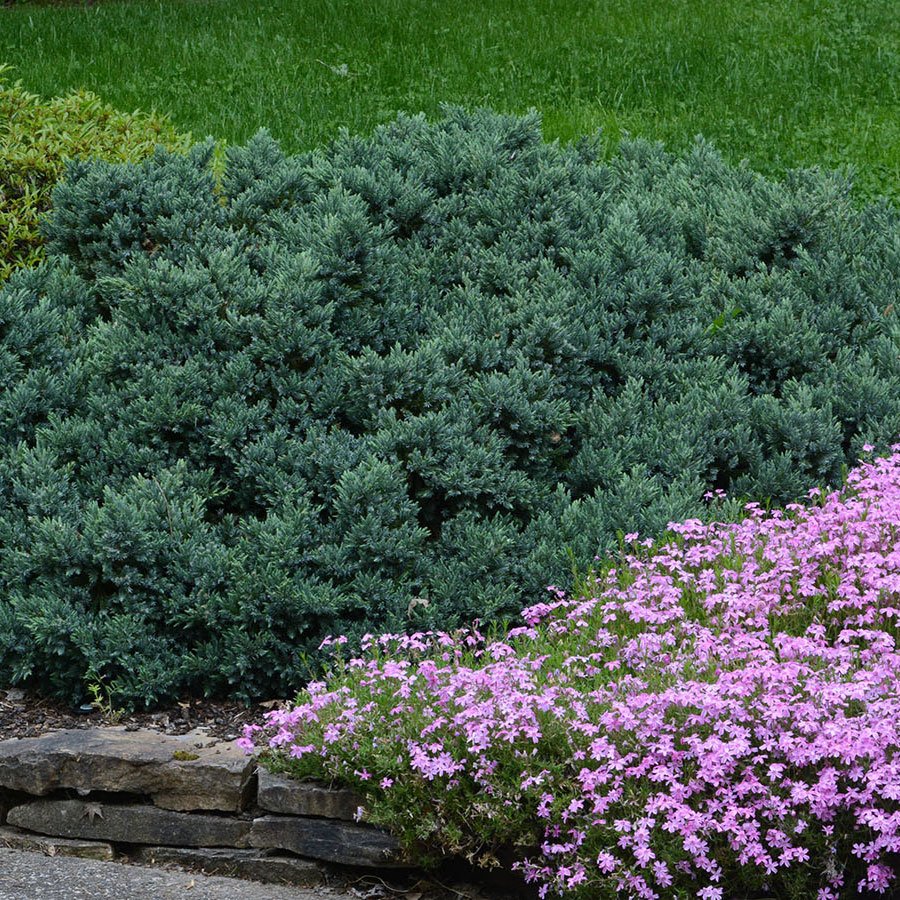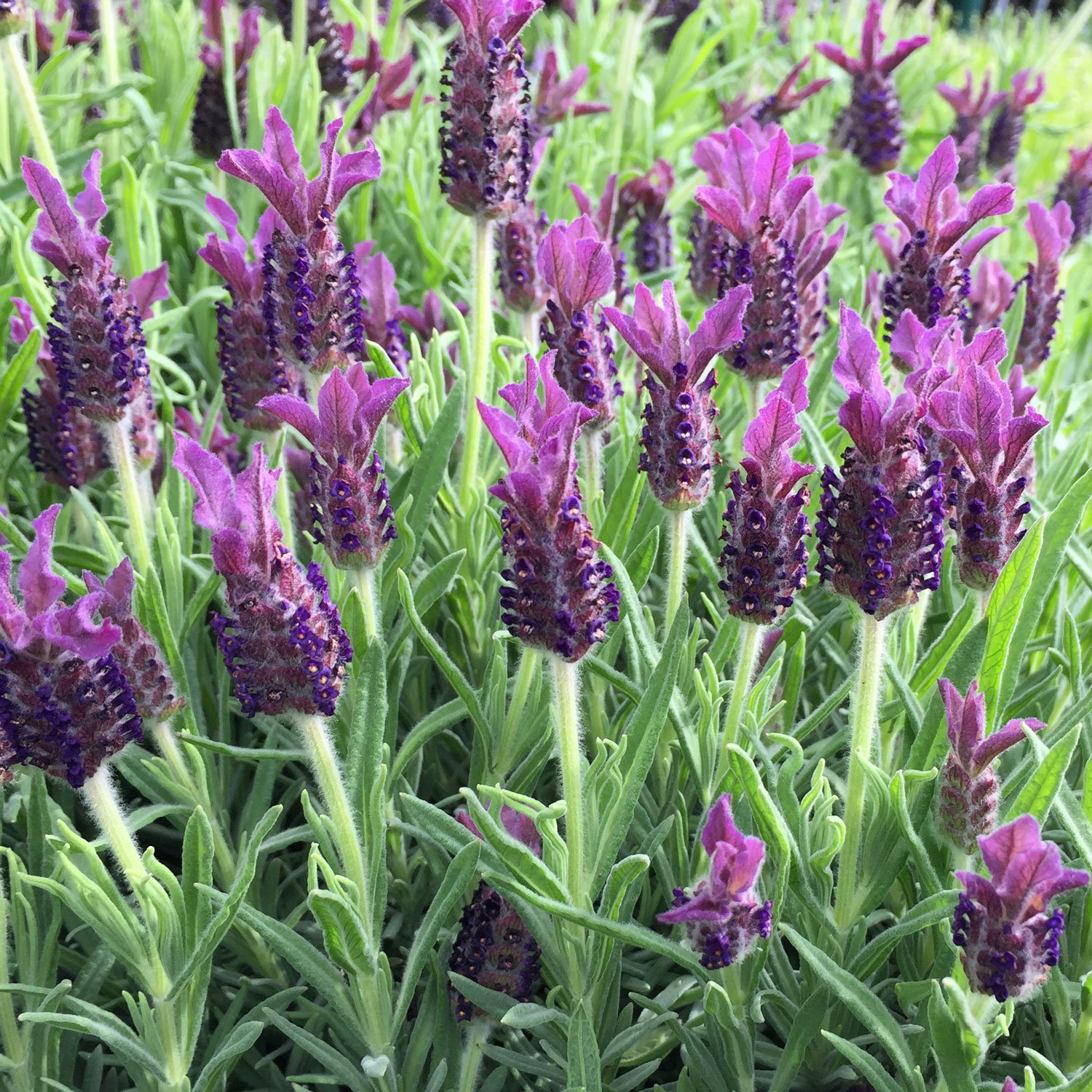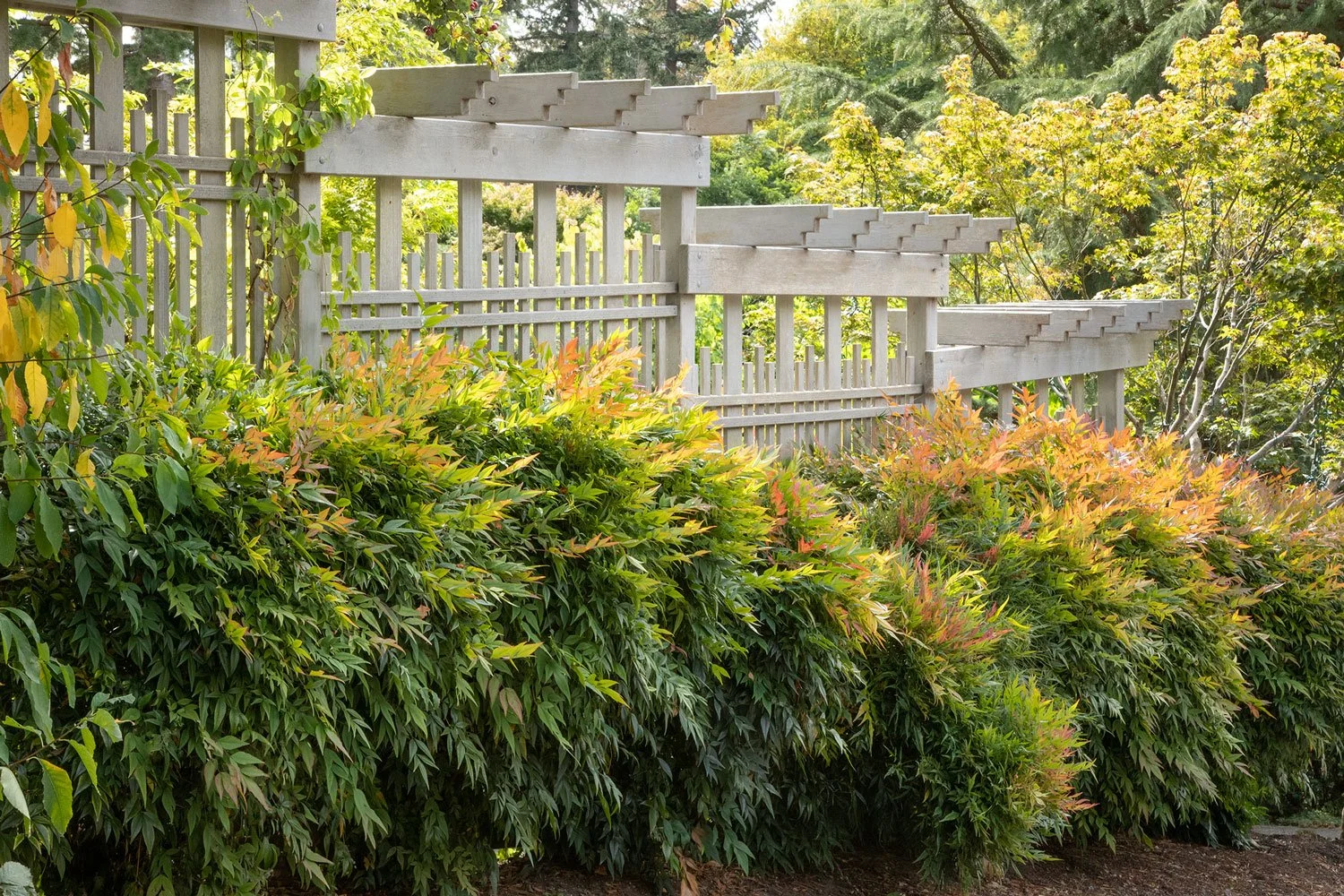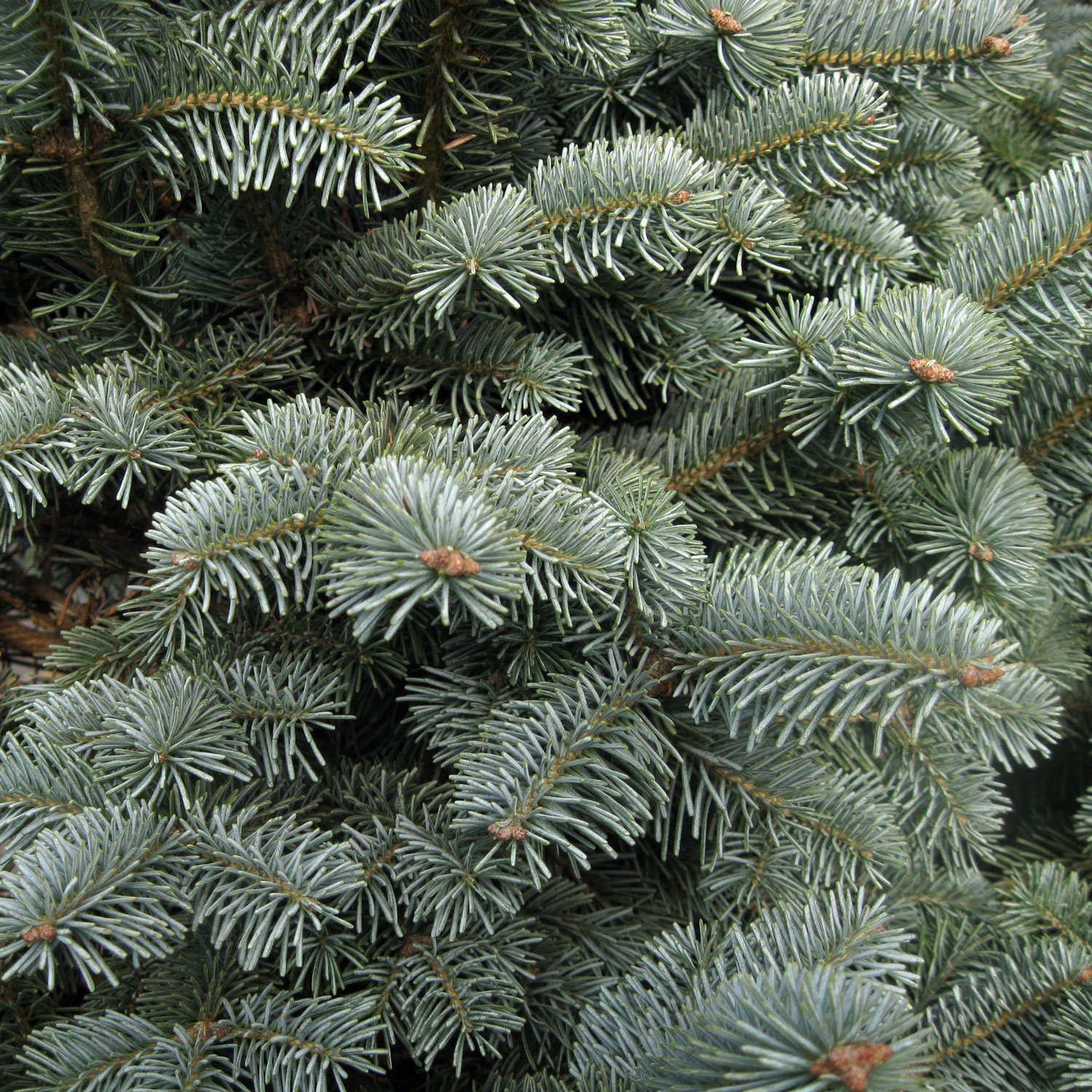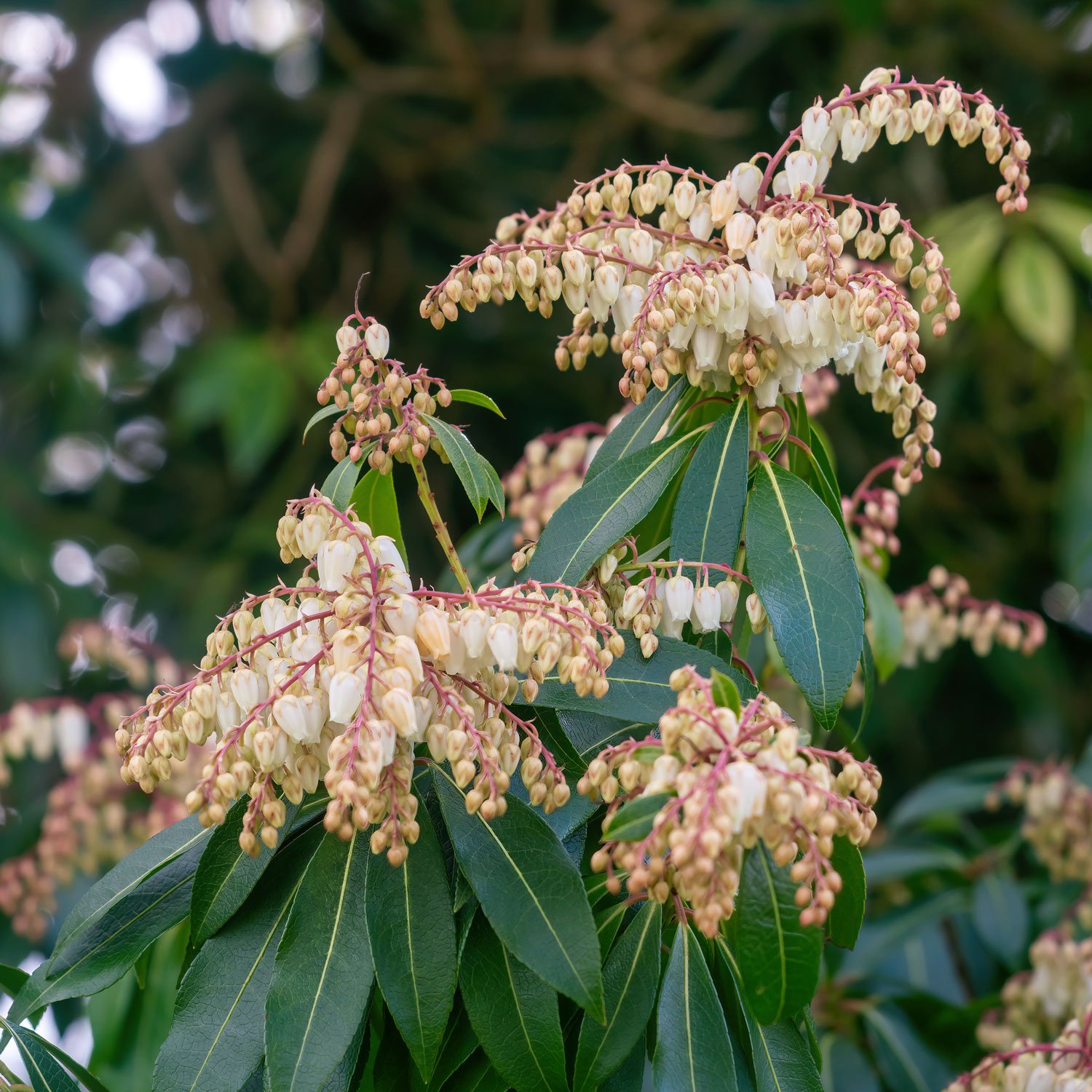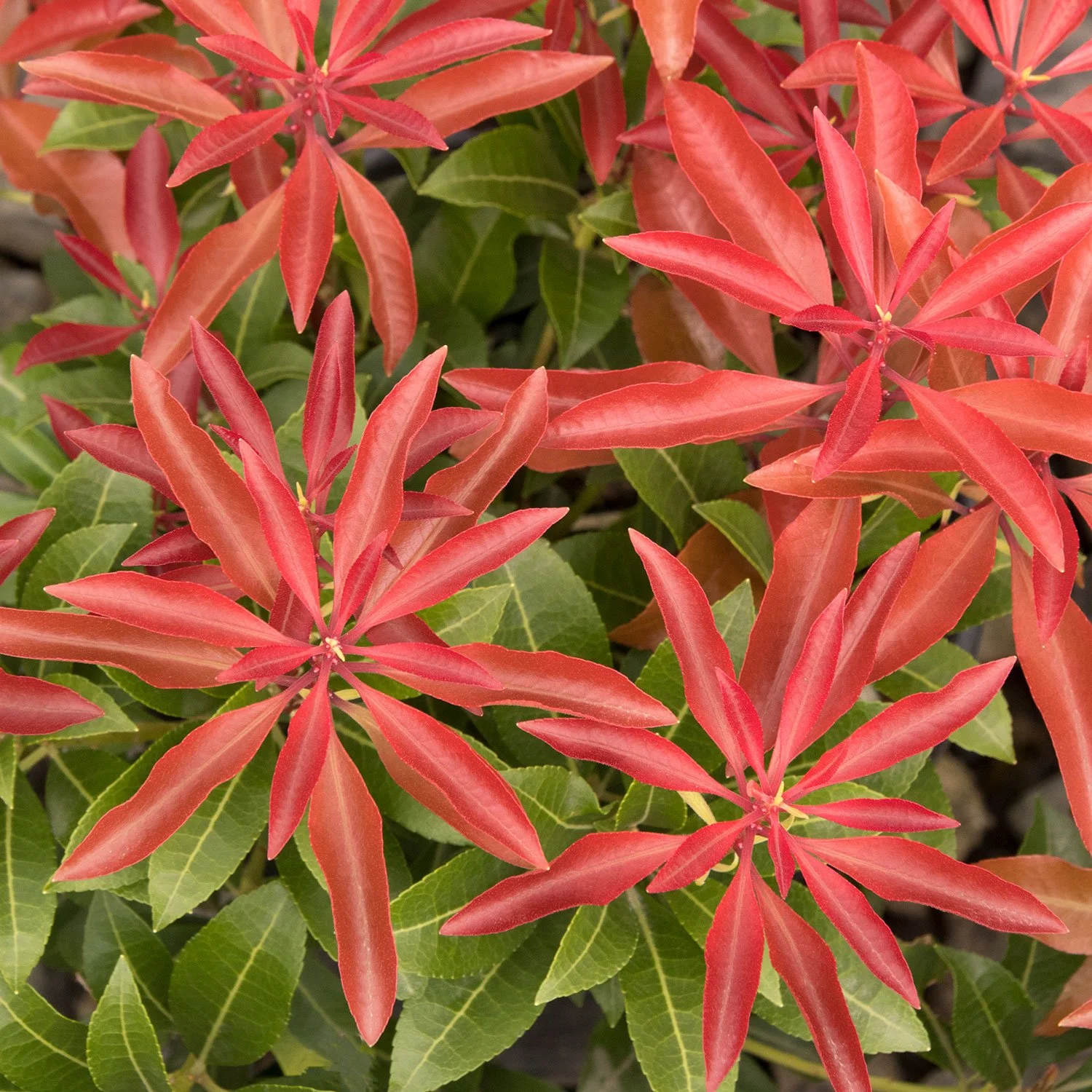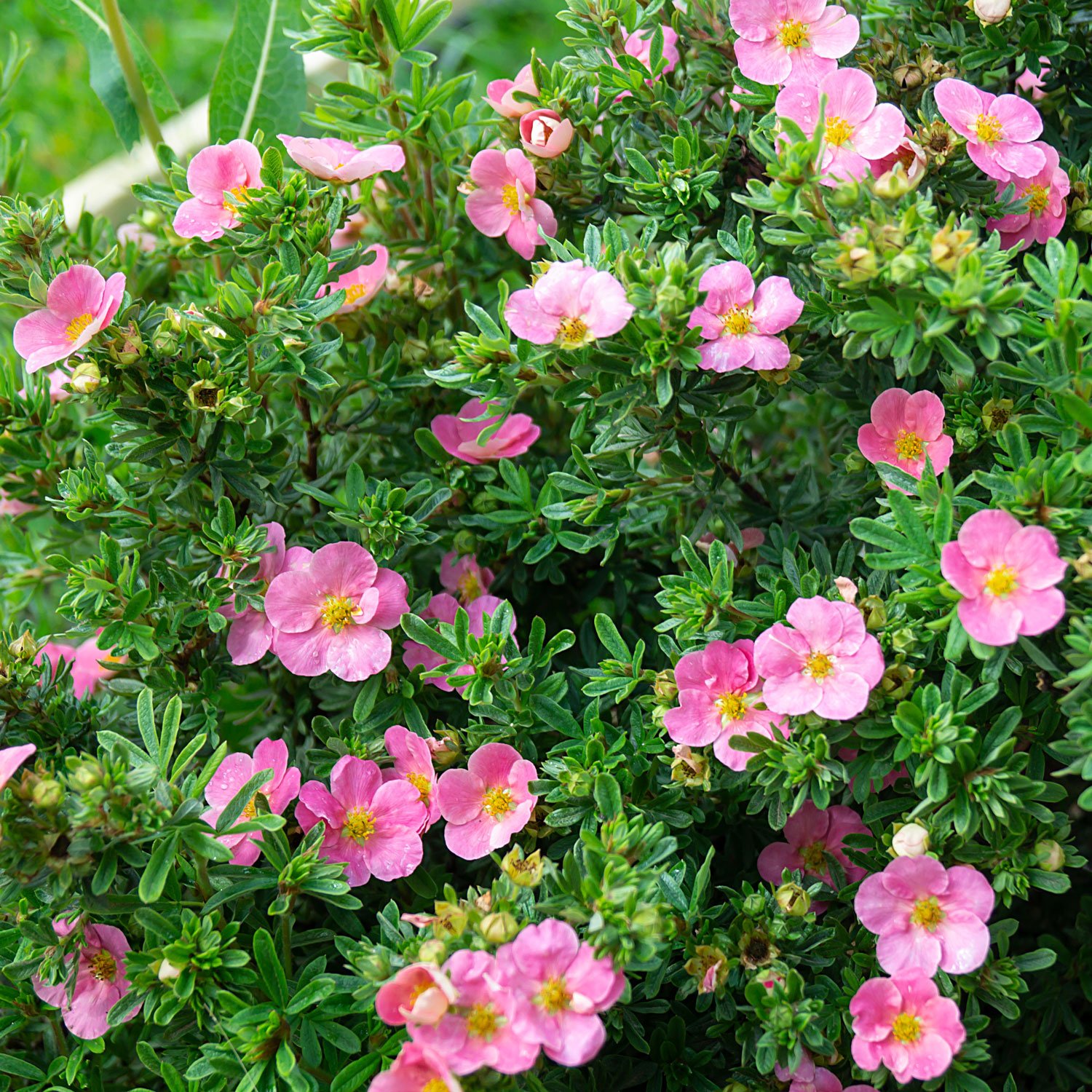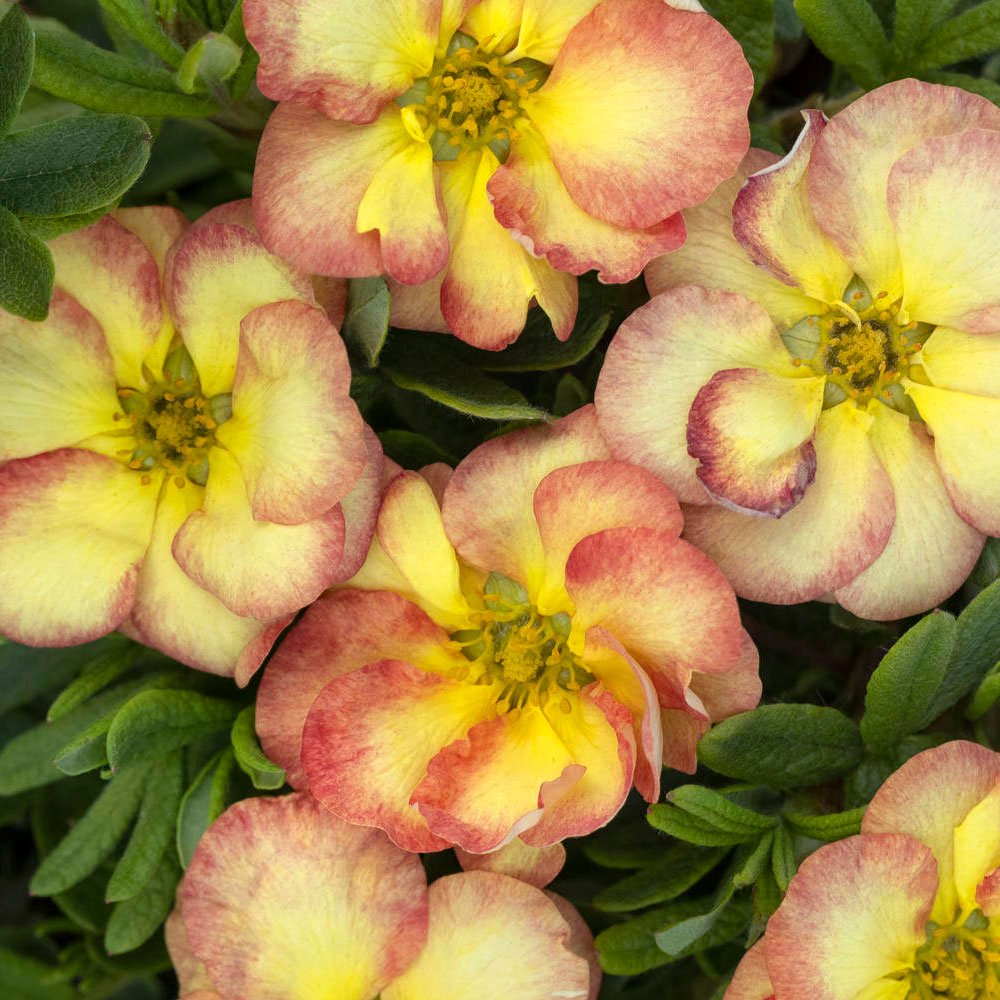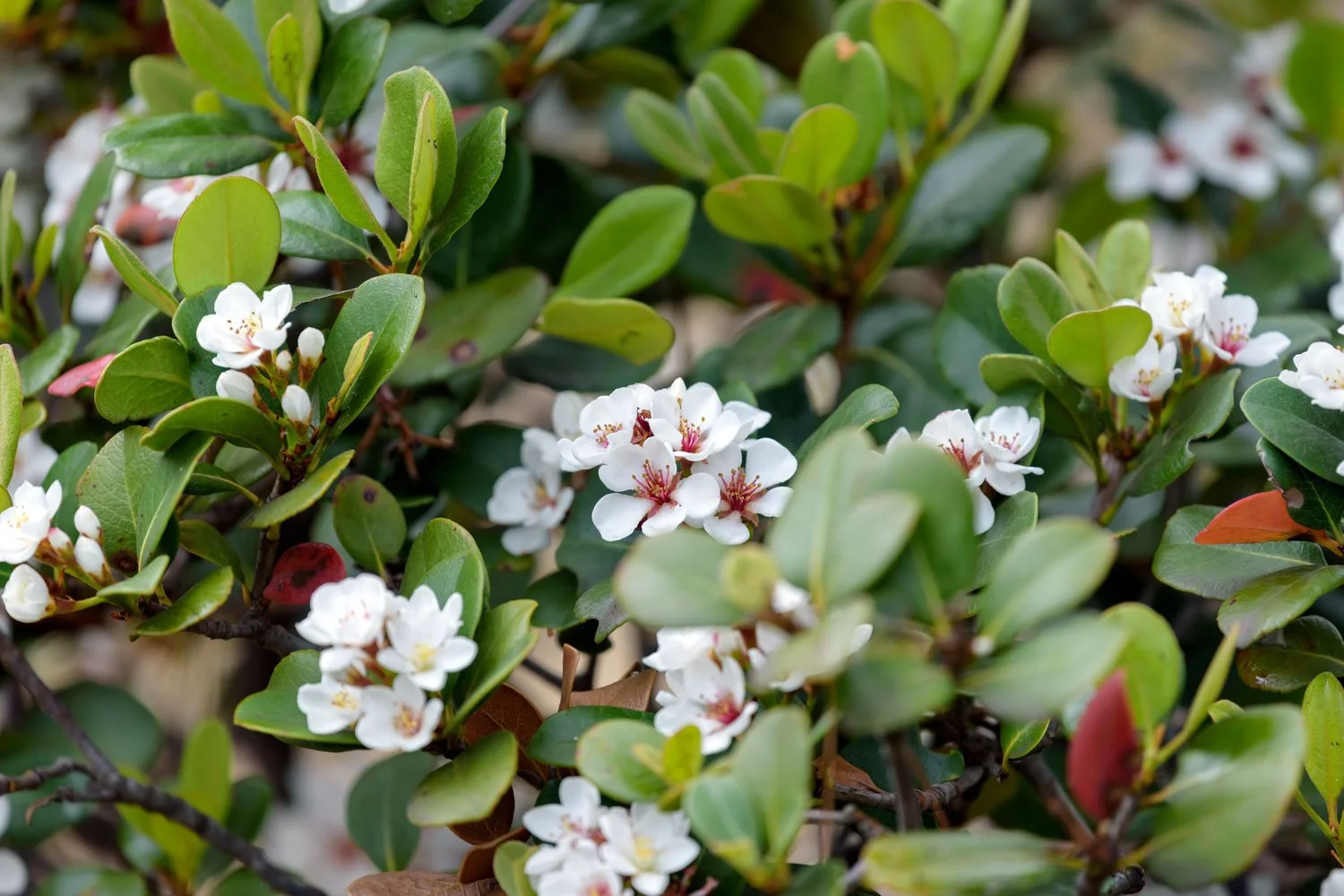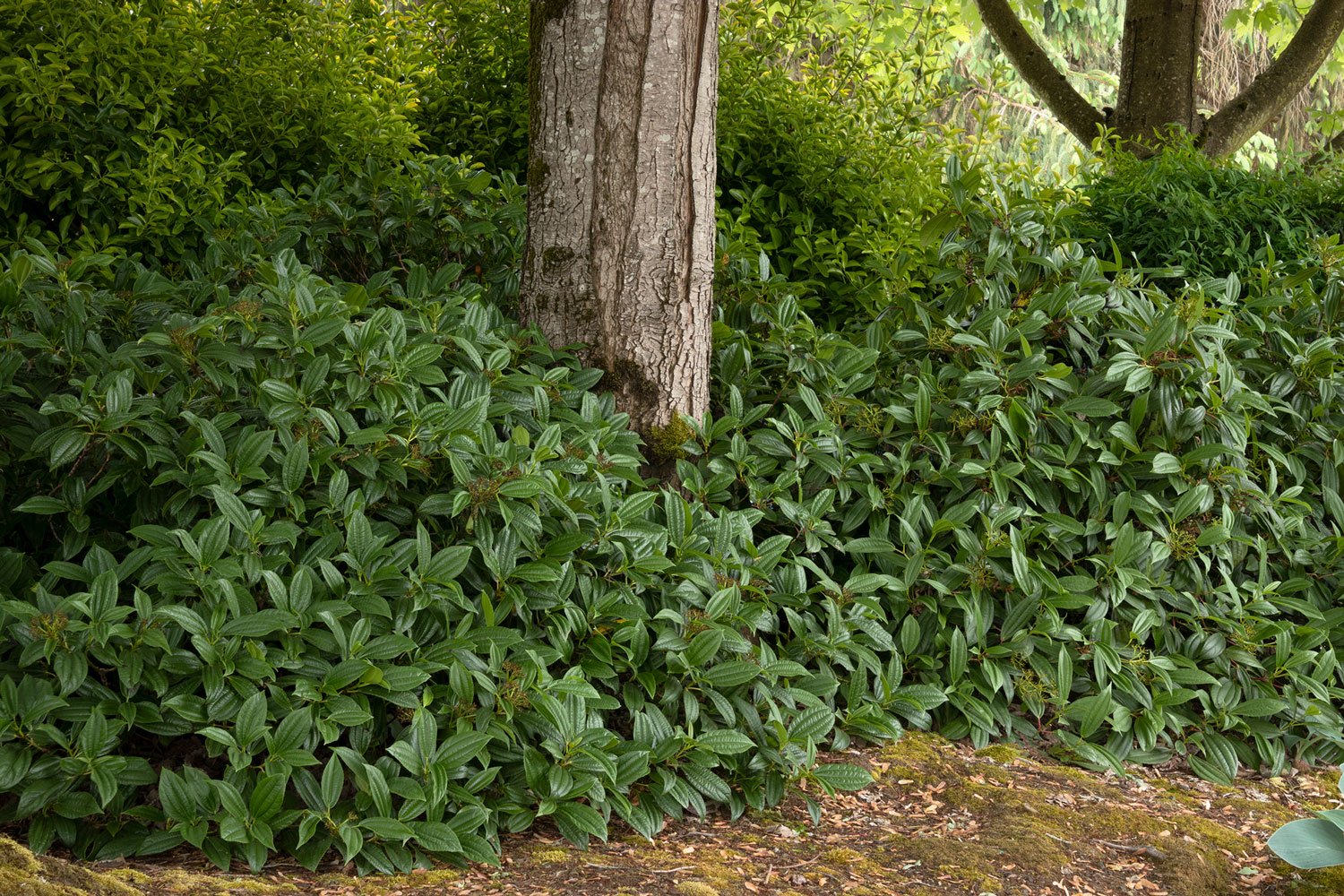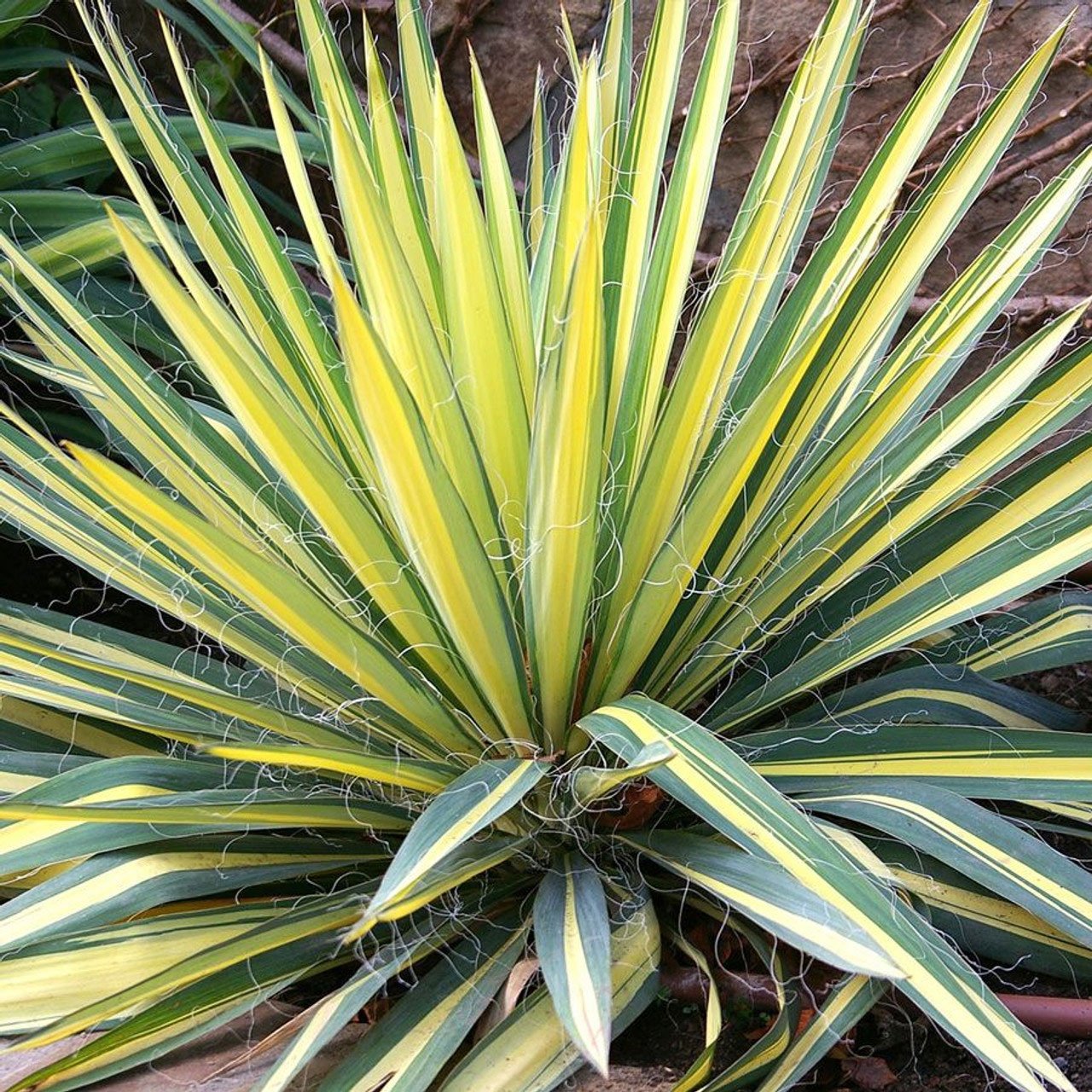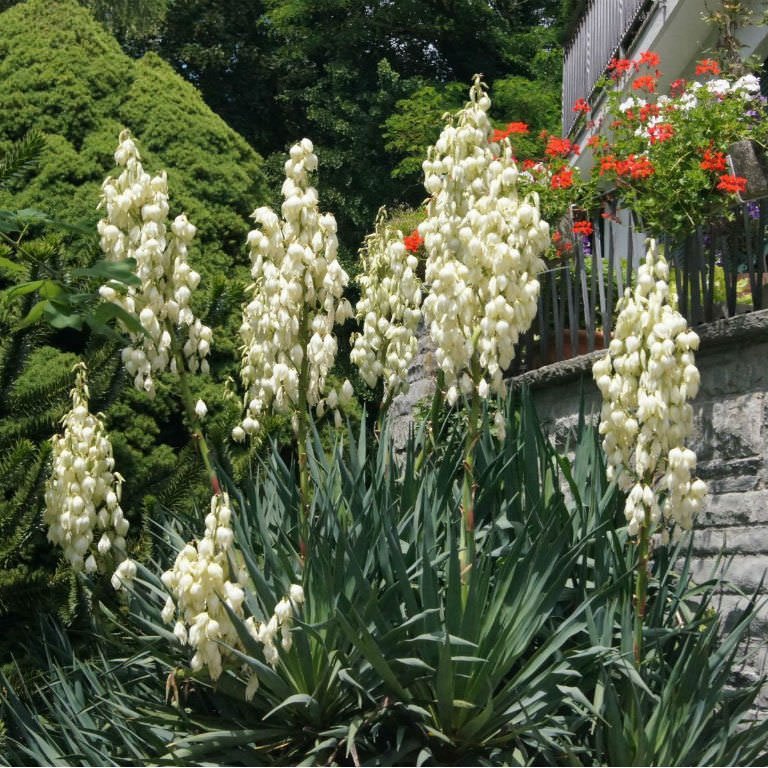The Pacific Northwest may be famous for its rainy climate, but those of us who live here know that we also experience dry summers. In fact, our region has a climate similar to the Mediterranean, save for cooler overall temperatures.
What does this mean for our gardens? Well, it means that we often need quite a bit of supplemental water to keep our plants alive and happy in July, August, and September. But by choosing to plant drought-tolerant plants, you can reduce water use and create lower-maintenance gardens.
Drought-tolerant plants typically thrive with little or no supplemental water during the summer months once they have settled into the garden. However, it’s important to remember that all plants - even those labeled as drought-tolerant - need regular water until they become established. Generally, this means a consistent watering schedule for the first dry season or two after planting. If you’re curious to know more, read our post, The Truth About Drought-Tolerant Plants.
You don’t need to create a completely drought-tolerant garden to enjoy the benefits. Even just one or two drought-tolerant plants can help. Now, let's talk about some of our favorite drought-tolerant trees and shrubs for the Pacific Northwest. They offer a range of fantastic attributes that will beautify your garden and simplify your life!
Abelia
Abelias are beautiful evergreen shrubs with arching branches and small bell-shaped flowers that bloom from late spring to late fall. Some varieties sport variegated leaves and most have vividly colored new growth and often some fall color as well. Abelias are low-maintenance shrubs, available in sizes that range from 2’ to nearly 10’ tall and wide, depending on the variety. Grow in full sun to partial shade.
Strawberry Tree (Arbutus unedo)
The Strawberry tree is an evergreen known for its unique orange-red fruits. It is slow growing and can be left as a shrub or pruned to create the look of a small tree. In fact, it’s related to our northwest native, the Pacific madrone (Arbutus menziesii). In fall, clusters of white urn-shaped flowers appear, followed by spherical fruits, which birds enjoy feasting upon throughout the winter. Strawberry trees prefer full sun to partial shade. They grow slowly to 15’-30’ (about 1’-2’ per year).
Barberry (Berberis)
Barberries are tough landscape plants whose saturated colors add intensity to the garden. These low-maintenance shrubs are also deer-resistant and their small thorns make them a great choice for a barrier planting. They can be left in a natural shape or pruned to a dense, formal-style hedge. Barberries thrive in full sun or partial shade and can even handle extra-hot spots.
Wild Lilac (Ceanothus)
Perfect for a troublesome, dry spot in full sun or partial shade, Wild lilacs thrive on extremely well-drained, poor soil without supplemental summer water or fertilizer. Most are quite cold-hardy as well. Varieties range in height from the 9-foot-tall ‘Victoria’ to a low-growing groundcover. Most bloom in April, May, or June and are native to the west coast of the United States and Canada. Their fuzzy blue flowers are very attractive to bees (and to humans as well)!
Rockrose (Cistus)
These evergreen shrubs have their origins in the Mediterranean region and are well-suited to our dry summers. They prefer full sun and well-draining soil, making them ideal for rock gardens and sunny parking strips. The single flowers are composed of papery, crinkled petals and come in shades of pink, purple, and white. Plant them with other drought-tolerant plants such as rosemary, lavender, and wild lilac. Size ranges from 1’-6’ feet tall. Shorter varieties make a great mounded ground cover for hot spots.
Wilma Goldcrest Cypress (Cupressus macrocarpa ‘Wilma Goldcrest’)
This compact cultivar of Monterey cypress is a perfect fit in smaller gardens and containers. The evergreen, feathery foliage is lime green when young, maturing to a brilliant yellow, and has a lovely lemony scent. ‘Wilma Goldcrest’ stays narrow, with a pyramidal shape, and grows 7’-9’ tall and 3’-4’ wide. Prefers full sun to partial shade.
Daphne
With both summer-flowering and winter-flowering varieties, daphnes are a great addition to the PNW garden. Daphne transatlantica has pale pink buds that open to white flowers and blooms sporadically from April to October. Daphne odora, or winter daphne, offers fragrant pink blooms in late winter. They enjoy rocky areas with well-draining soil. Summer-blooming varieties prefer full sun to partial shade while Daphne odora prefers partial shade.
Hebe
The variety of species and cultivars in the genus Hebe is seemingly never-ending, making it easy to find the right type to suit your garden style. Hebes grow well in dry, rocky areas and bloom in early summer with flower colors of white, red, pink, and purple. Their foliage is equally colorful, ranging from silvery green to burgundy, often with interesting variegation.
Juniper (Juniperus)
As you can see from these photos, the genus Juniperus offers a lot of variation, from tall, narrow shrubs to dense groundcovers. What junipers have in common is that they are all coniferous and evergreen with needle-like or scale-like leaves. Most prefer full sun and make wonderful, low-maintenance additions to the garden. Fun fact: juniper “berries” are actually female seed cones with the fleshy appearance of a berry!
Lavender (Lavandula)
Lavender is fragrant, beautiful, and drought-tolerant. What’s not to love? This Mediterranean plant does well in our dry PNW summers, especially in full sun. Types include English lavender, which has a compact habit and thin leaves, hedge lavender, with taller flower stalks and a stronger scent, and Spanish lavender, with tiny “rabbit ears” at the tops of the flowers (shown above, left).
Heavenly Bamboo (Nandina domestica)
Not a true bamboo (no runners to worry about!), nandina is a trouble-free shrub with delicate, colorful foliage that appears red in the spring, fades to green, and then tinges purple-red in the fall. Panicles of white flowers appear in the spring and red berries soon follow, but because they are poisonous to some birds they are best removed (it’s worth noting that birds generally will not eat nandina berries unless there are no other food options available). Nandina is very adaptable and will grow in sun or shade.
Spruce (Picea)
There are many varieties of spruce that make excellent plants for the PNW landscape. Heights can range from 25’ to just under 1’ tall. A few favorites are blue spruce (Picea pungens), with its striking powder-blue foliage; weeping Norway spruce (Picea abies ‘Pendula’), with elegant draping branches; and bird nest spruce (Picea abies ‘Little Gem’), a slow-growing dwarf with tiny needles and a horizontal habit. Most prefer full sun to partial shade and are extremely cold-hardy.
Kohuhu (Pittosporum tenuifolium)
With striking dark stems and evergreen leaves (some varieties have variegation or ruffled edges), New Zealand native Pittosporum tenuifolium is an excellent low-maintenance shrub for modern gardens. It makes a great tall hedge, with some varieties growing up to 30’ tall and 15’ wide. It is salt-tolerant and thrives in full sun but will also grow well in partial shade. Many varieties have fragrant flowers.
Lily-of-the-Valley Bush (Pieris japonica)
Nothing beats Pieris japonica for year-round beauty. Flower buds appear on the evergreen foliage in late summer and add interest until they open in late winter, revealing clusters of urn-shaped, pendulous blooms. New foliage is striking in shades of pink, red, or bronze. Pieris prefers full sun to partial shade. Sizes range from 2’-4’ dwarf varieties to 6’-8’ shrubs.
Cinquefoil (Potentilla fruticosa)
A compact, deciduous shrub, cinquefoil takes its name from the five leaflets that make up each compound leaf (cinq = five and foil = leaf). Perfect for low-maintenance gardens, cinquefoil is tolerant of heat and poor soil. Flowers blanket the shrub all summer and it is also deer and rabbit resistant! Prefers full sun to partial shade.
Yedda Hawthorn (Rhaphiolepis umbellata)
This glossy, evergreen shrub can handle hot, dry conditions and thrive. It is slow growing and stays relatively low and dense. In spring, the shrub is filled with fragrant white flowers, followed by ornamental dark berries. Dwarf varieties stay under 5’ tall with a rounded form. Prefers full sun to partial shade.
Sarcococca
An excellent evergreen shrub for dry, shaded areas, sarcococca adds interest throughout the year. In the depths of winter, you can enjoy vanilla-scented white flowers while in summer, attractive dark berries adorn the branches. Best grown in partial to full shade, this slow grower is ideal for those who want a no-fuss garden.
Viburnum
The genus Viburnum has over 150 species! They are extremely versatile shrubs with attractive foliage and lovely flowers in creamy white or pink. Flowers can resemble lace-cap hydrangeas or have more of a snowball look and some have a spicy fragrance. Viburnums also offer colorful fall foliage and many produce attractive fruit, a bonus for hungry wildlife. Most grow best in full sun to partial shade.
Yucca
Native to the southwestern United States and Mexico, yucca is a statement plant with a bold form and a towering flower stalk that can reach 6’ high. A succulent, yucca holds water in its sword-shaped leaves. Some varieties have bluish-green leaves while others, such as ‘Colorguard’ have variegated leaves. A great plant for modernist gardens or to add a hint of the desert to the PNW.




